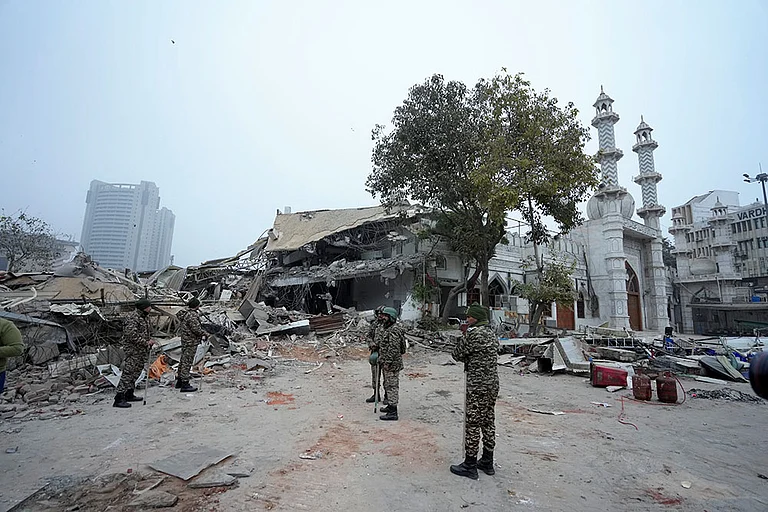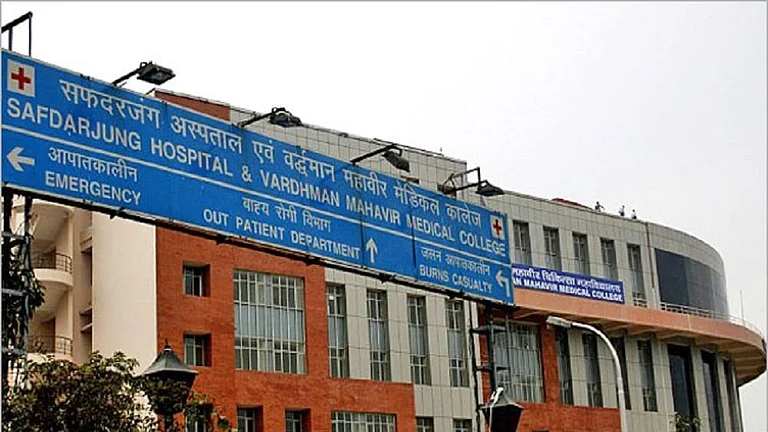As the caravan, with a new locomotive in place to drag it forward, looks all set to resume its journey, Vijay Joshi and I.M.D. Little offer some useful insights in their new book, which is more than just a middle-of-the-decade review of the economy. Joshi and Little survey the progress made till now and come up with useful hints for future reformers. First, the last lines of the volume speak volumes about the broad conclusions of the authors. They do not think that the many further reforms we believe to be highly desirable will be made soon. India is not likely to achieve its full potential this century. Indeed, with a mind boggling $200-billion worth of infrastructural requirements, with the fiscal deficit continuing to be notoriously obdurate, with no agrarian reform of any sort in sight, and with capital-guzzling still firmly ensconced in their old nests, this conclusion is but inevitable.
Second, the authors concede they have little to comment on the nature of economic policy to be followed by a non-Congress government, since they are unsure of what line such a government would adopt. Nonetheless they are confident the pace of reform would not match that of the Congress regime, which in itself was very slow.
This is where the book really disappoints; for, one does expect an analysis of alter nate political regimes on economic policymaking in a book looking ahead into the next century. Indeed, at a time when the Congress behemoth is breaking up and when a number of regional satraps are calling the shots in New Delhi, such an analysis would have done a yeoman service to the literature on India's economic reform.
Third, the authors arrive at a very interesting conclusion after analysing evidence from various sources about the efficacy of the Jawahar Rozgar Yojana. They argue that the net transfer to the poor is only about 14.3 per cent of the expenditure on it and call for an urgent revamp of the scheme to make it more self-targeting and effective as an instrument of rural asset creation.
Herein the book raises issues which question the whole gamut of instruments of poverty alleviation currently in fashion across the globe. How does one judge schemes or projects whose value may be partly in poverty relief and partly in asset creation; and how does one compare them with direct transfers to poor families, or with work-related transfers like the Maharashtra Employment Guarantee Scheme (MEGS) where asset creation is of little or no importance?
Indeed, while schemes like the MEGS had as their avowed purpose the relief of destitution, other schemes floated after that have multiple objectives like rural infrastructure creation or employment generation. Thus, in this context it is pertinent to ask whether a single instrument can be effectively used to achieve so many diverse purposes?
Fourth, the authors are strangely silent on the Dabhol debacle. They simply argue that the Maharashtra Government may have secured some cost reductions but only at a substantial cost to the country. Nowhere does the book analyse the re-negotiated deals, whatever their merits or otherwise. At a time when the power situation in the country looks bleak, it's important to remember the basic issues in question to formulate a coherent public opinion on the issue.
Moving away from the text-book, one finds that the present Government is behaving rather cautiously in matters of economic policy, faced as it is with the contours of a grim fiscal situation. It will be interesting to see how a coalition government balances its delicate political equations while taking hard decisions on matters like raising user charges on water and electricity, privatisating PSUs and trimming subsidies—issues on which the United Front constituents have widely divergent views. Sooner than later, the Government will have to confront these and other such contentious issues where it will find its political partners unduly obdurate, mainly for protecting their respective political constituencies and vested interests. The path that it would probably adopt would be one of least resistance to ensure the survival of the government.
Joshi and Little have put together a readable volume on India's economic programme even if it reads more like a primer on reform than an advanced text, though it does analyse certain issues in great depth. At a time when a coalition government at the Centre seems to be looking for new paths to break, this volume would undoubtedly be a pointer in the right direction.






















